Text s ktorým začať
Throughout history, housing has played an important role in shaping communities and providing a sense of stability and comfort to individuals and families. As civilizations have evolved, so too have the types of housing available, offering a diverse range of options to suit different needs, tastes, and budgets.
For example, those seeking a more urban lifestyle, apartments or condominiums are often the go-to option. These buildings offer the convenience of city living, with easy access to shops, restaurants, and cultural attractions. They also provide a sense of community, with shared amenities such as pools, fitness centers, and community spaces.
In recent years, alternative forms of housing have also become increasingly popular.to Meanwhile, camping or living in a houseboat are among the many options available for those looking for a more nomadic lifestyle.

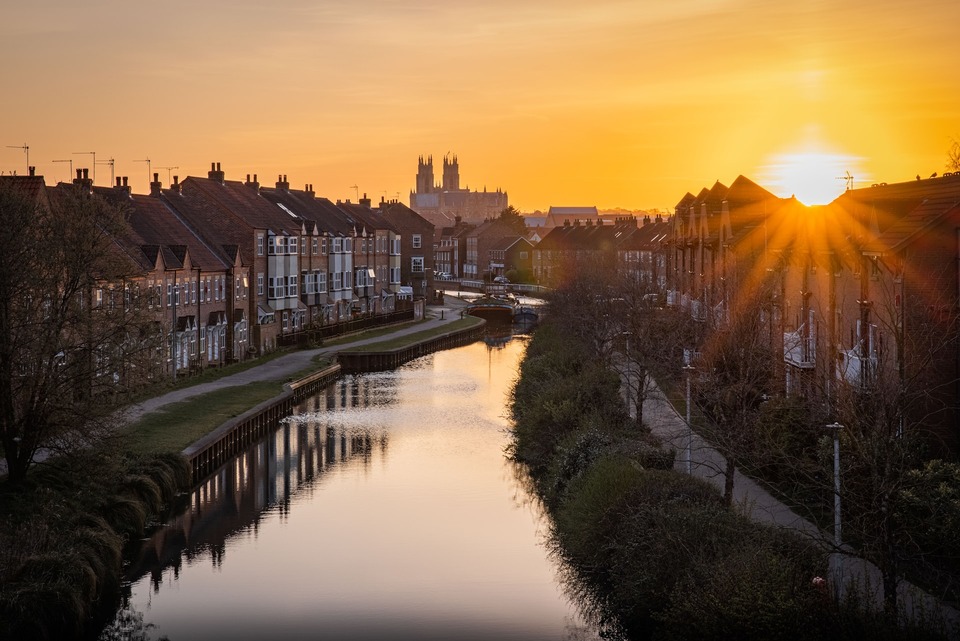
Témy a otázky, ktoré môžete byť opýtaný
1. How would you imagine your dream home?
My dream home is a place where I can balance work and relaxation. For that reason, having a home office is essential. I imagine a spacious room with natural light, comfortable furniture, and all the necessary equipment to be productive.
I also have a love for the beach, so having my dream home located near one is a must. The sound of the waves and the warmth of the sun will provide the perfect atmosphere for unwinding after a long day at work.
When it comes to location, southern Europe is at the top of my list. With its warm climate, stunning beaches, and rich culture, southern Europe offers the perfect blend of beauty and comfort. Whether I'm taking a walk along the beach, exploring local markets, or simply relaxing at home.
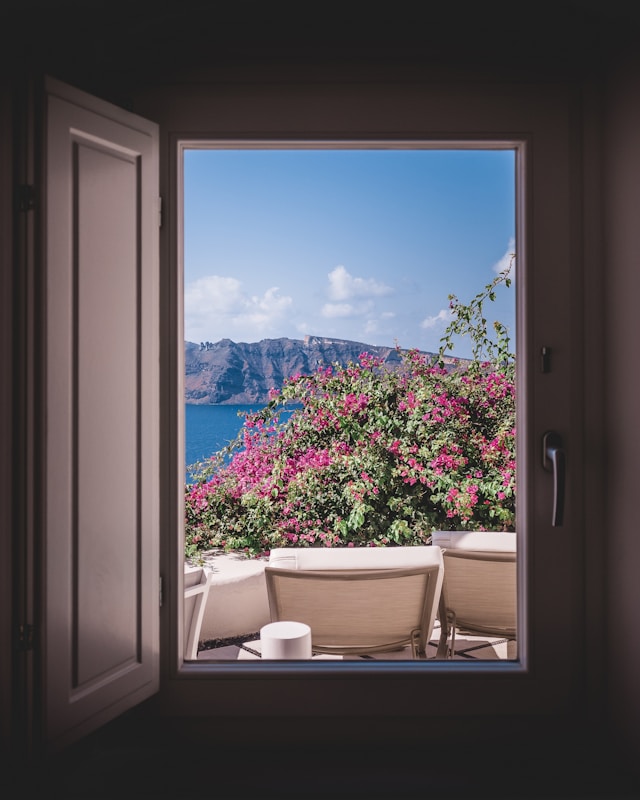

2. Can you describe the interior features of a typical house?
When it comes to the interior of a house, there are several important elements to consider. Let's start with the living spaces. A living room is typically the central gathering place for a family, and is often equipped with comfortable seating, a television, and other entertainment options. A dining room is a separate space designed for eating, typically with a large table and chairs.
The kitchen is one of the most important rooms in a house, as it is where meals are prepared and often served. Modern kitchens are typically equipped with a range of appliances and storage options, including a refrigerator, oven, stove, and cabinets. The bathroom is another important room, typically featuring a shower or bathtub, toilet, sink, and mirror.
Moving on to the sleeping areas, a bedroom is a private space for rest, typically with a bed, dresser, and closet. Bedrooms are often designed to provide a quiet and relaxing atmosphere, and are usually located away from other high-traffic areas in the house. A home office is another important room, designed to provide a space for work, study, or other productive activities.
Finally, let's not forget about storage spaces. A garage is a common storage space for vehicles, as well as other items like bicycles, lawn equipment, and tools. A basement is a space that can be used for storage, as well as for a variety of other purposes, like a home gym, media room, or playroom.


3. What are the differences between the UK, USA and Slovakia in housing?
In the United Kingdom, the most common types of housing are terraced houses, semi-detached houses, and detached houses. These houses typically have a traditional design, with brick exteriors and narrow windows. Many homes in the UK also have small gardens in the front or back. On the inside, UK homes tend to feature warm, cozy interiors with lots of natural materials such as wood, stone, and textiles.
In the United States, the housing market is diverse, with a range of options available depending on location and personal preference. For example, large cities such as New York and San Francisco have a mix of high-rise apartments, skyscrapers and townhouses. In other areas, such as the suburbs, single-family homes are more common. These homes are often larger than those in UK and feature spacious yards and driveways. American homes tend to be more spacious, with large rooms and open-plan living spaces.
In Slovakia, the housing market is still developing. Most people live in block of flats in the cities and in family homes in the countryside. Modern apartment buildings and family houses are becoming more common. These homes have clean lines and neutral color palettes. On the inside, Slovakian homes tend to feature a mix of modern and traditional elements, with a focus on functionality and comfort.
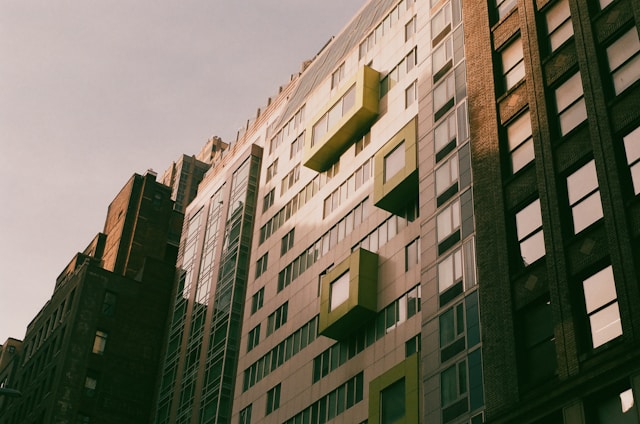
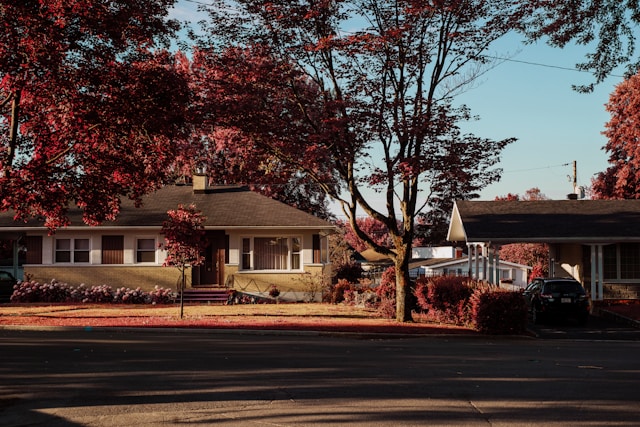
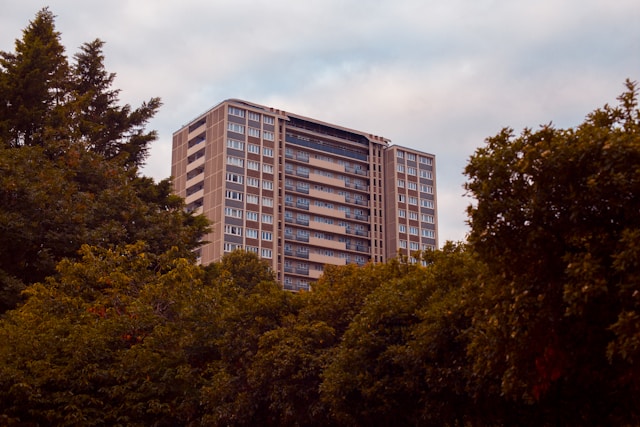
4. What are the advantages and disadvantages of living in a house or flat?
When it comes to housing, there are pros and cons to both living in a house and living in a flat. Let's start with the advantages of living in a house.
One of the biggest perks of living in a house is privacy and space. Houses offer more privacy and living space compared to apartments, which can be ideal for those who value their personal space. Additionally, having a yard or garden that comes with a house can provide residents with a place to enjoy the outdoors, entertain guests, or even do some gardening. Furthermore, owning a house can be a great long-term investment, as it can appreciate in value over time.
However, there are also some disadvantages to living in a house. For one, houses are generally more expensive than apartments, both to purchase and to rent. Homeowners also need to be prepared to take on responsibilities such as maintenance, which can be time-consuming and costly. Additionally, houses are often located in suburban or rural areas, which can make it more challenging to access shops, restaurants, and public transportation.
Now let's consider the advantages of living in a flat. One of the biggest benefits of living in a flat is affordability. Flats are usually less expensive than houses, making them a popular choice for people on a tight budget. Additionally, flats are often located in convenient areas, like the city center, which can make it easier to access amenities and public transportation.
However, there are also some disadvantages to living in a flat. For instance, flats typically offer less privacy and living space compared to houses, which can be a drawback for those who value their personal space. Additionally, residents may also have to deal with neighbors who live close by and may be loud or disruptive.
5. What are important functions of a home?
A home serves several essential functions in a person's life. Firstly, it provides shelter and security. A home is a physical structure that protects individuals and their possessions from harsh weather conditions, natural disasters, and theft. It is a place people can feel safe and secure, and it provides a sense of stability and protection from external factors.
Secondly, a home is a place where people can develop their identity and sense of self. It is a space where individuals can express their personality, style, and creativity through decorating and arranging their living environment. Home is a reflection of one's identity, culture, and values, and it allows individuals to develop a sense of belonging and connectedness with their surroundings.
Thirdly, a home provides social support and emotional comfort. It is a place where people can build and strong relationships with family and friends. Home is where individuals can retreat from the stresses of everyday life and find comfort.
6. Can you describe your room?
My room reflects my passion for education and teaching. The walls are painted in soft, warm colors to create an inviting and nurturing atmosphere. At the heart of the room is a large wooden desk where I spend most of my time planning lessons, studying pedagogy, and organizing teaching materials.
On my desk, I have a laptop, stacks of notebooks, colorful pens, and an assortment of sticky notes. There are also a few items of inspiration—like a globe, a small hourglass, and a framed quote that reads, "Teaching is the art of assisting discovery."
Next to my desk, I have a corkboard pinned with lesson plans, a teaching calendar, and photos of students or classroom setups that inspire me. Near the window, I’ve set up a cozy reading nook with a cushioned chair and a side table holding a cup of tea and a stack of books about educational theory, child development, and classroom strategies.
Across the room is a tall bookshelf brimming with novels, textbooks, and teaching guides. There’s a dedicated space for children's literature and a small section for educational games and activities I plan to use one day in the classroom.
One corner of my room features a whiteboard and a few teaching tools I use to practice explaining concepts or map out ideas. Nearby, I’ve set up a small mindfulness area with a yoga mat and a few plants to recharge and reflect. My room is a vibrant, inspiring space where my love for learning and teaching comes to life.